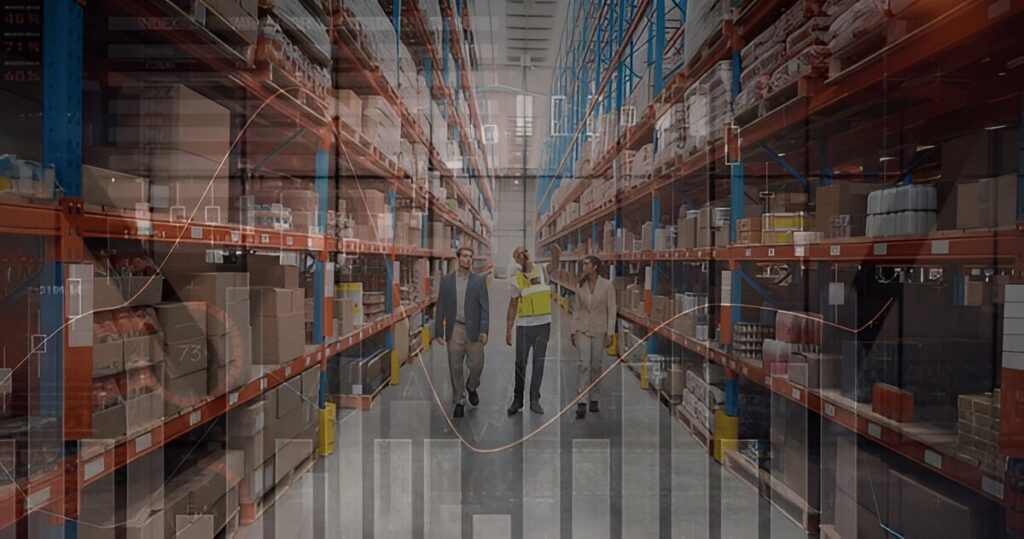
As the world becomes increasingly interconnected, the shipping and logistics industries are evolving at an unprecedented pace. Emerging trends in shipping and logistics are reshaping how businesses operate, influence customer expectations, and set new standards for service delivery. Staying abreast of these trends is essential for businesses seeking to maintain competitiveness and efficiency.
This blog will explore the top 10 emerging trends in the shipping industry, highlighting the innovations and technologies shaping the future of logistics.
1. Sustainable Logistics
Sustainability is at the forefront of global discussions, and the shipping industry is no exception. Businesses are increasingly adopting sustainable logistics practices to minimize their environmental impact. This includes utilizing fuel-efficient vehicles, optimizing delivery routes for reduced emissions, and exploring alternative energy sources like electric and hybrid vehicles. Implementing eco-friendly practices not only helps the environment but also appeals to consumers who prioritize sustainability in their purchasing decisions.
2. Automation and Robotics
Automation is revolutionizing logistics operations by increasing efficiency and reducing labor costs. Through automated sorting systems and warehouse robots, companies can streamline their processes and minimize human error. Technologies such as Automated Guided Vehicles (AGVs) transport goods within warehouses, while drones are being tested for delivery in urban areas. Automation and robotics are significant shipping technology trends that promise to enhance efficiency in the supply chain.
3. Blockchain Technology
Blockchain technology is gaining traction in shipping and logistics due to its ability to enhance transparency and security. By creating a decentralized and tamper-proof ledger, blockchain can track shipments from origin to destination, providing real-time data to all parties involved. This innovation reduces the risk of fraud, improves compliance, and enhances traceability, making it one of the most important logistics innovations influencing the future of logistics.
4. IoT (Internet of Things)
The Internet of Things (IoT) is becoming integral in the shipping industry, allowing for interconnected devices that provide real-time tracking and monitoring. With IoT sensors embedded in containers and vehicles, businesses can track the location and condition of their shipments during transit. This capability enhances visibility and can be critical for shipping perishable goods, helping companies make informed decisions based on real-time data.
5. Big Data and Analytics
Big data analytics is transforming how logistics companies make decisions. By analyzing vast amounts of data collected from various sources, shipping companies can gain insights into customer behaviors, shipping patterns, and demand forecasting. This intelligence enables organizations to optimize their operations, improve customer service, and reduce costs. The ability to leverage data effectively is one of the most exciting shipping industry trends that will continue to shape logistics strategies.
6. E-commerce Driven Changes
The rise of e-commerce has significantly impacted the shipping industry, driving changes in logistics practices and consumer expectations. Customers expect quicker delivery options, often demanding same-day or next-day services. This change has led to innovations such as decentralized fulfillment centers and last-mile delivery solutions to meet customer demands effectively. Companies need to adapt their logistics strategies to accommodate the evolving landscape driven by e-commerce.
7. Digital Freight Platforms
Digital freight platforms are redefining how businesses manage their shipping operations. These platforms connect shippers with carriers in real-time, enabling businesses to easily compare rates, book shipments, and track deliveries. By leveraging technology, businesses can optimize their shipping processes and improve transparency in logistics management. This trend is particularly significant for small and medium-sized enterprises looking to enhance their shipping capabilities.
8. Augmented Reality (AR) and Virtual Reality (VR)
Augmented and virtual reality technologies are making waves in logistics training and operations. Companies are utilizing AR and VR for employee training, allowing new hires to simulate warehouse operations without real-world consequences. This technology enhances understanding and training efficiency. Additionally, AR can assist warehouse workers in locating items quickly by overlaying digital information onto their physical environment, leading to increased productivity.
9. Focus on Last-Mile Delivery
With the growth of e-commerce, last-mile delivery has become a priority for logistics companies. This segment of the shipping process is crucial for customer satisfaction, as it directly impacts delivery speed and efficiency. Businesses are increasingly investing in solutions such as micro-fulfillment centers and crowd-sourced delivery services to enhance last-mile logistics. Improving last-mile delivery not only increases efficiency but also boosts customer loyalty and satisfaction.
10. Collaboration and Partnerships
In an evolving shipping landscape, collaboration among companies is becoming increasingly vital. Partnerships among logistics providers, shippers, and technology companies can lead to enhanced service offerings, improved operational efficiency, and streamlined processes. By working together, organizations can share resources, knowledge, and technology, ultimately creating a more agile and responsive supply chain.
Conclusion
The emerging trends in shipping and logistics are rapidly transforming the industry, introducing innovative technologies and practices that promise to enhance efficiency and customer satisfaction. From sustainable logistics to the integration of IoT and big data, these trends are essential for businesses seeking to thrive in an ever-evolving marketplace. Understanding these trends not only helps businesses stay competitive but also positions them strategically for the future.
Embracing Change for Future Growth
For businesses to effectively integrate these emerging trends, it is crucial to embrace change and invest in the right technologies and partnerships. As the shipping industry continues to face unprecedented challenges and opportunities, companies that adapt to these trends will likely achieve greater operational efficiency and increased customer loyalty.
For example, as more businesses prioritize sustainable logistics practices, those who commit to reducing their carbon footprint will appeal to environmentally conscious consumers. Companies like Imex Shipping and Logistics India are at the forefront of these changes, implementing innovative practices that align with evolving industry standards and customer expectations.
Final Thoughts
Staying informed about shipping industry trends and adapting to technological advancements can position your business for success. By recognizing the importance of logistics innovations such as blockchain, IoT, and automation, businesses can streamline their operations and anticipate customer needs effectively.
As we move forward, remember that the future of logistics will be defined by companies that prioritize sustainability, embrace innovation, and invest in digital transformations. The ability to adapt to these emerging trends will not only enhance logistics efficiency but also foster a competitive edge in the rapidly changing global marketplace.
In conclusion, the shipping and logistics sector is undergoing significant transformation as it adapts to new technologies and changing consumer demands. By understanding and capitalizing on these emerging trends in shipping and logistics, businesses can prepare for a more efficient, sustainable, and customer-centric future. Whether you are a small company or a large enterprise, embracing these changes will be critical in ensuring your success in the logistics landscape ahead. Staying ahead of the curve will not just benefit operations but will also solidify your reputation as a leader in delivering reliable and efficient shipping solutions.

Leave a comment